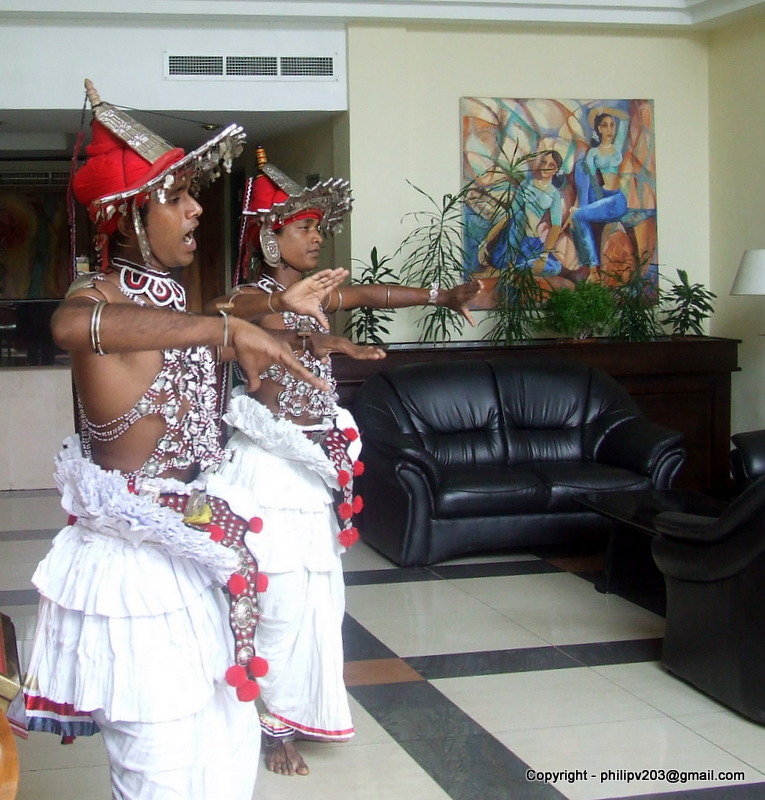 |
| A cave donated by a Naga |
 |
| The Chaithya. |
 |
| A 'Vahalkade' |
Kantaka Chethiya was
renovated in 1930's to the current status. When this stupa was discovered, it
has been a just a mound of earth covered by various debris. This has been known
as the Kiribadapavu Dagaba, Kiribat Vehera, or Giribhanda during this time. But
a stone inscription found close by has identified the original name of this
stupa as Kantaka Chethiya. It is unknown who built this stupa but it is said
that the King Lanjatissa (119-109 BC) has built a stone mantel built for this
stupa. Therefore we can assume that the stupa was built prior to 119 BC. The
present stupa is 425 feet in diameter and is about 40 feet high. This stupa is
most popular for one of the most well preserved vahalkada which can be seen
today. Vahalkada is a special architectural feature which are four projective
front pieces on the four sides of the stupa. The southern vahalkada is the best
preserved. This gives a excellent example of the design of vahalkada at the
very early periods. The band of 'Ghana' figures on top the structure take
special place in most buddhist buildings. They are also called 'Vamana' figures
or 'Bahirawa' figures. They are sort of mythical dwarfs in various amusing
positions. In this structure on has a horse head, another bear head, another
monkey head, and some are standing on the head. They also carry various musical
instruments in their hands. The most significant Ghana figure here is the one
with the elephant head who carry no musical instrument. Historian Professor
Paranawithana believes that this is the very first form of the God Ghana, a
very popular god in Hinduism. This god is now represented by a elephant head
and 4 arms. The paintings on the southern vahalkada also takes a special place
in the Sri Lankan History. Except for Sigiriya Frescos, Mihinthale is one of
the very few places that frescos belonging to earliest periods can be seen. One
such set of paintings was found inside the relic chamber of Giribanda Stupa
which is now in the Mihinthale Museum. The other is the paintings on the
southern vahalkada. These are painting of lions but most of them has been faded
away. Primarily red and yellow colours has been used for these paintings.















